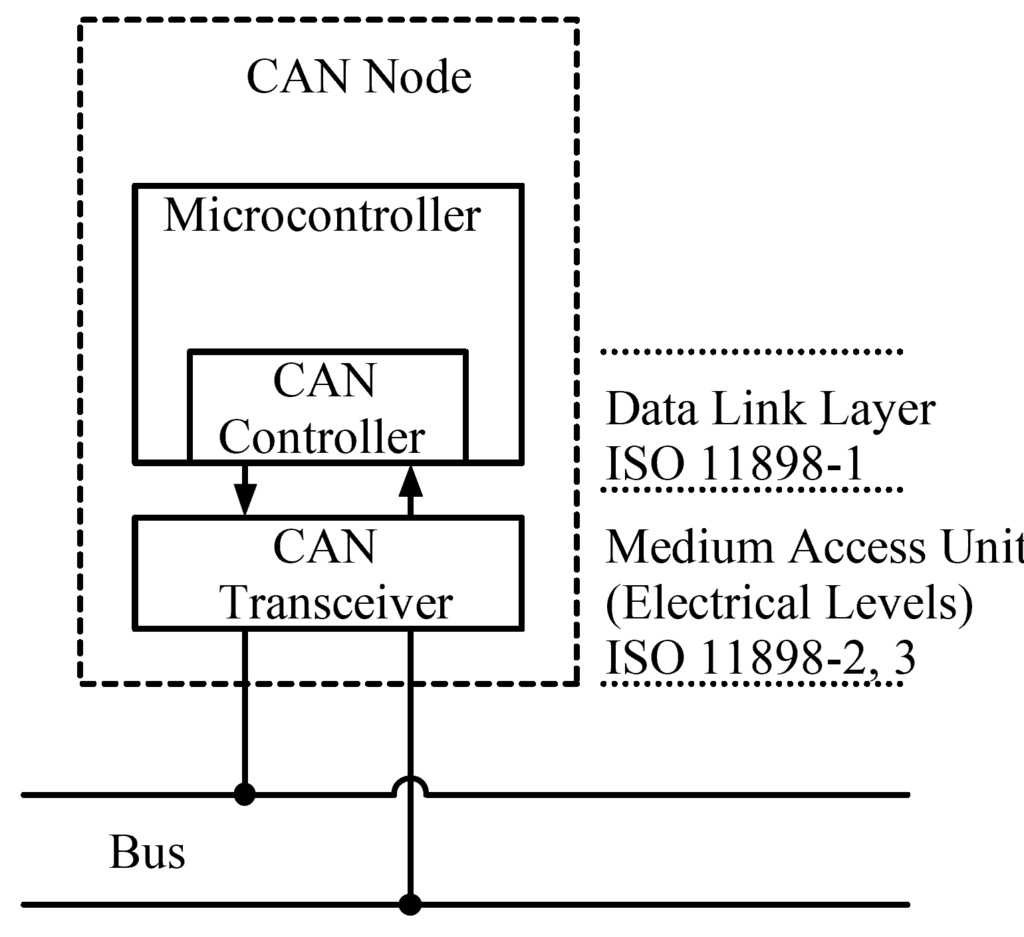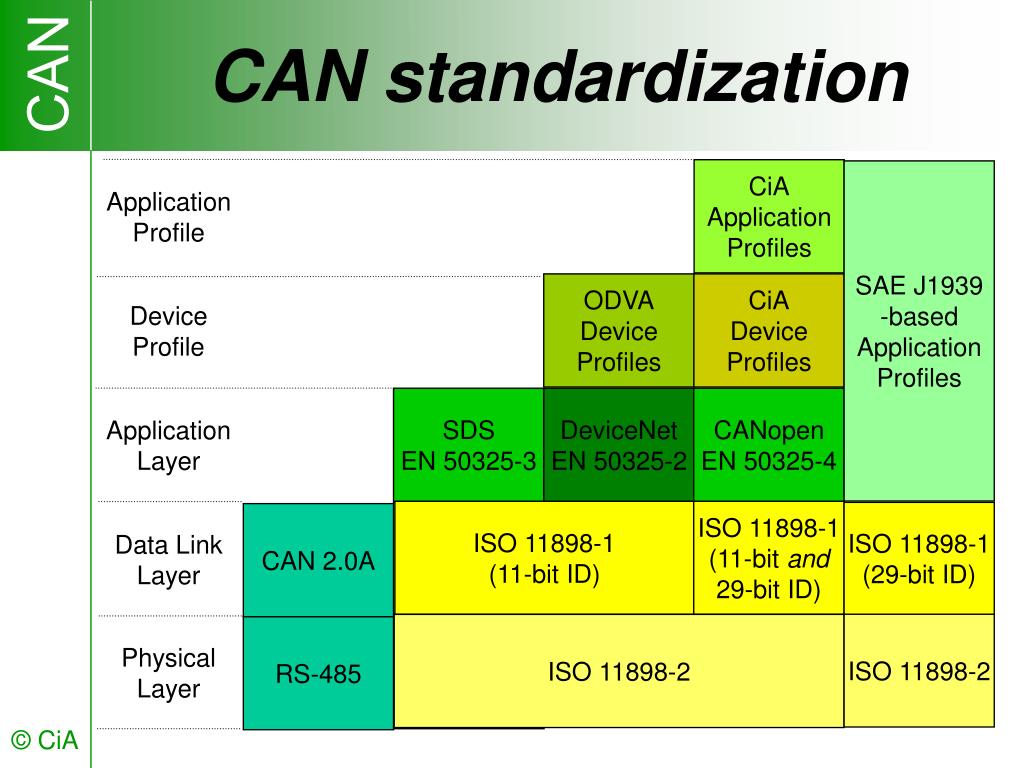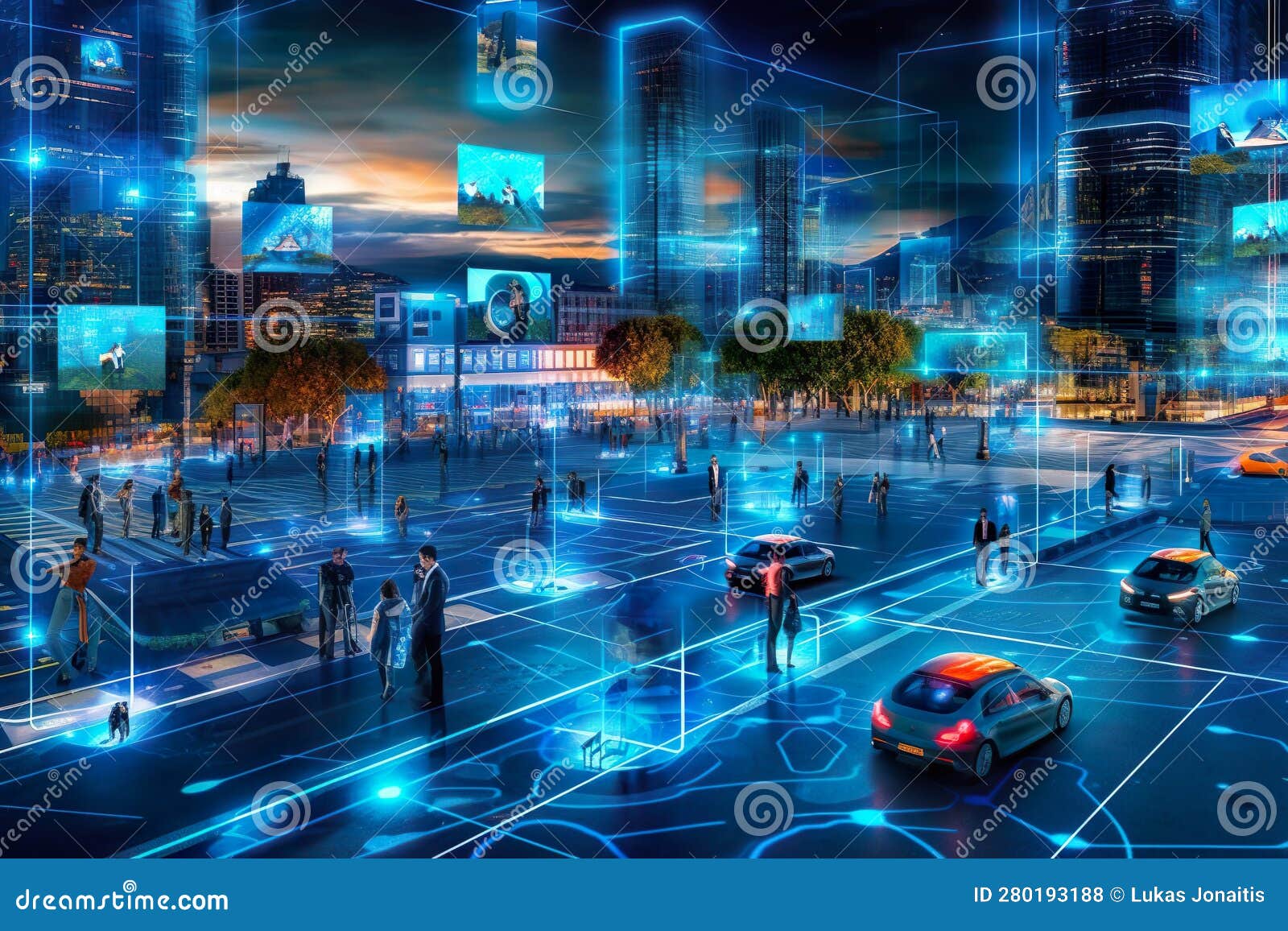Decoding Automotive Standards: A Deep Dive into CAN Bus Protocol
In today’s interconnected world, the automotive industry has evolved from mechanical beasts to complex, software-driven machines. One pivotal aspect that facilitates this seamless interplay of automotive mechanics and technology is the adoption of industry standards and regulations. As an avid car enthusiast and someone who has ventured into the technicalities of automotive design and mechanics, the technology that excites me the most is the Controller Area Network (CAN) Bus protocol. This article aims to unravel the intricacies and the significance of CAN Bus in modern vehicles from a technical perspective.
Initially developed by Bosch in the 1980s, the CAN Bus protocol was designed to allow microcontrollers and devices to communicate with each other within a vehicle without a central computer. In essence, CAN facilitates the sharing of real-time data among diverse electronic control units (ECUs) in vehicles—ranging from the engine and the antilock braking system to air conditioning and airbags.

Why CAN Bus Matters in the Automotive Landscape
As vehicles have become more complex, so has the necessity for more efficient communication systems like CAN Bus. Before its advent, vehicles relied on extensive wiring harnesses that were not only cumbersome but also unreliable—adding weight, increasing costs, and complicating diagnostics and repairs. The transition to CAN Bus marked a significant leap towards reducing this complexity, improving vehicle performance, and enhancing safety.
The protocol’s robustness lies in its ability to maintain integrity in a high-noise environment, which is typical in automotive settings. This resilience is crucial for ensuring the real-time response and reliability of safety-critical systems, such as brake controllers and airbag modules.
Technical Excellence and Compatibility
The core technical excellence of the CAN Bus protocol is evident in its layered structure, conforming to the ISO 11898 standard. This structure includes the physical layer, data link layer, and application layer, each responsible for distinct yet interconnected functions—from defining transmission rates and pin configurations to managing data frames and error detection mechanisms.

Moreover, the CAN standard’s compatibility across different manufacturers and systems underscores its importance. By adhering to a universally accepted protocol, car manufacturers ensure that components from different suppliers can work harmoniously, giving rise to a more interconnected and interoperable automotive ecosystem.
Challenges and Future Directions
Despite its widespread adoption and advantages, CAN Bus is not devoid of challenges. Security concerns have emerged as vehicles become increasingly connected. Unlike newer communication technologies that employ advanced encryption, the openness of CAN makes it susceptible to cyber-attacks—a risk that the industry is actively addressing through enhancements like CAN FD (Flexible Data-rate), which not only increases data transmission rates but also integrates more robust security features.
The evolution of automotive standards such as CAN Bus is a testament to the industry’s ongoing commitment to innovation, safety, and efficiency. As someone who appreciates the intricate dance of engineering and technology, I find the development and implementation of such standards not only fascinating but also critical to the future of mobility. It reminds us that in the realm of automotive excellence, the journey towards perfection is just as important as the destination itself.
In conclusion, the CAN Bus protocol represents a cornerstone of modern automotive design and functionality. Its role in enhancing vehicle communication, reducing complexity, and improving safety is undeniable. As we navigate towards an increasingly connected and autonomous future, the principles and evolution of CAN Bus will undoubtedly continue to influence the standards and regulations shaping the next generation of vehicles.

References:
For further insights on the future of AI and technology in automotive and other industries, consider exploring my previous articles on AI and Reinforcement Learning and Machine Learning Model Diagnostics.